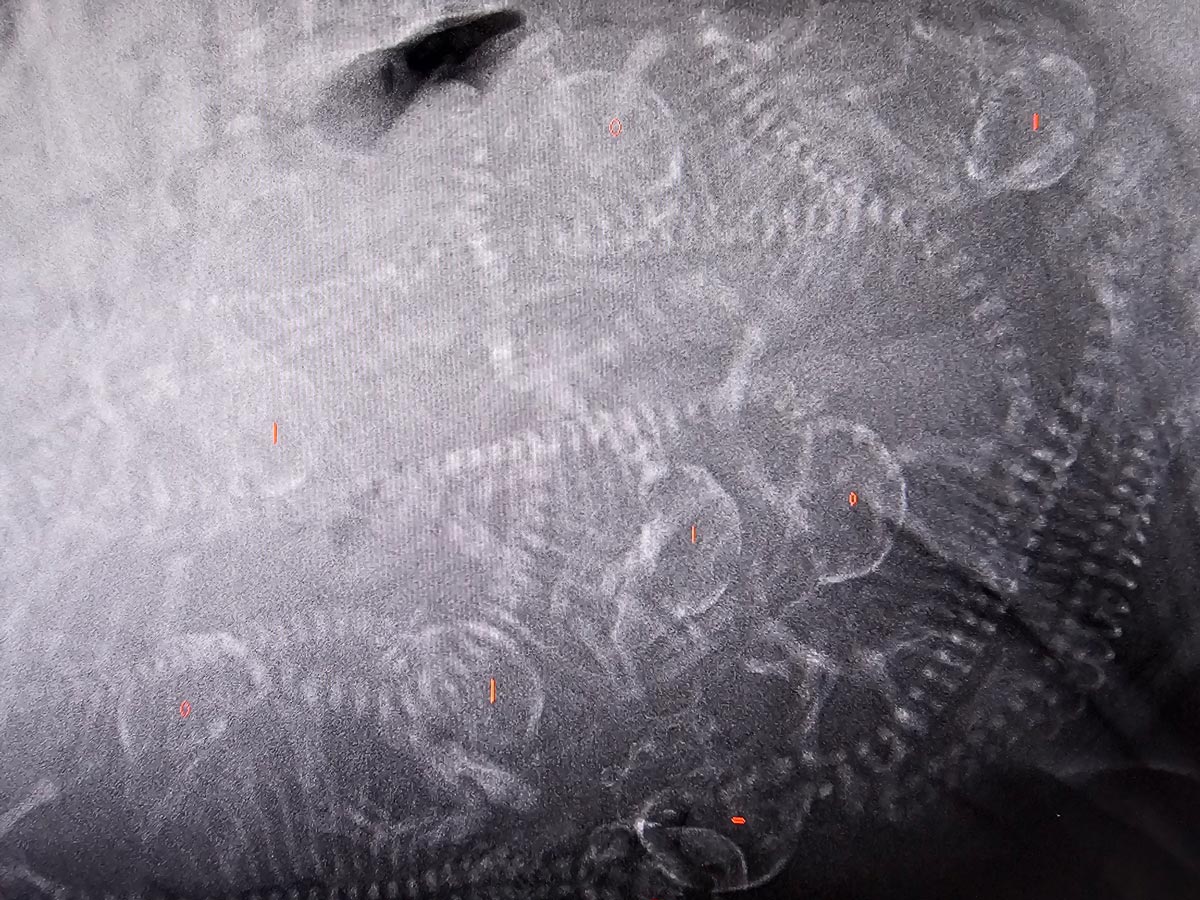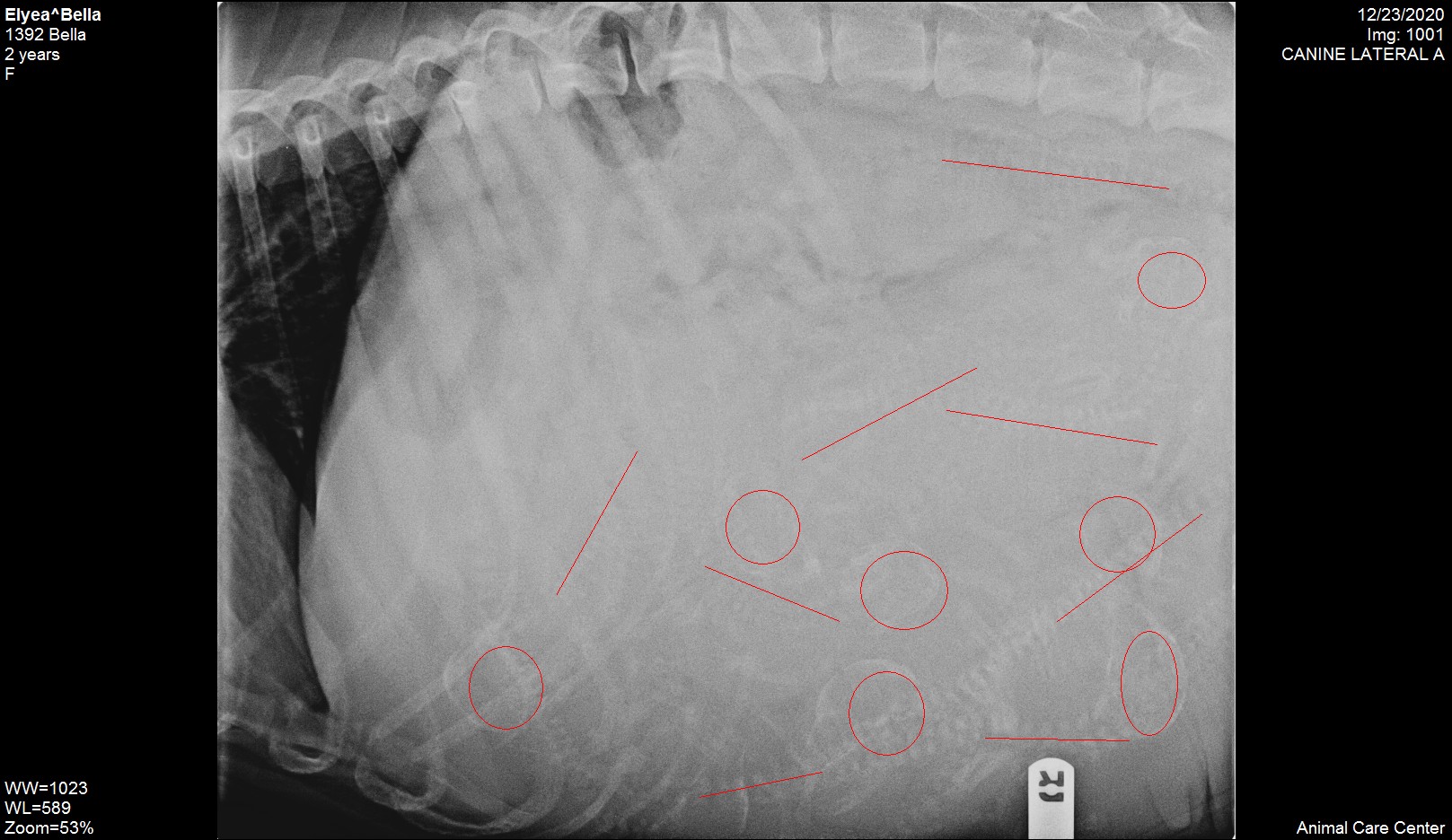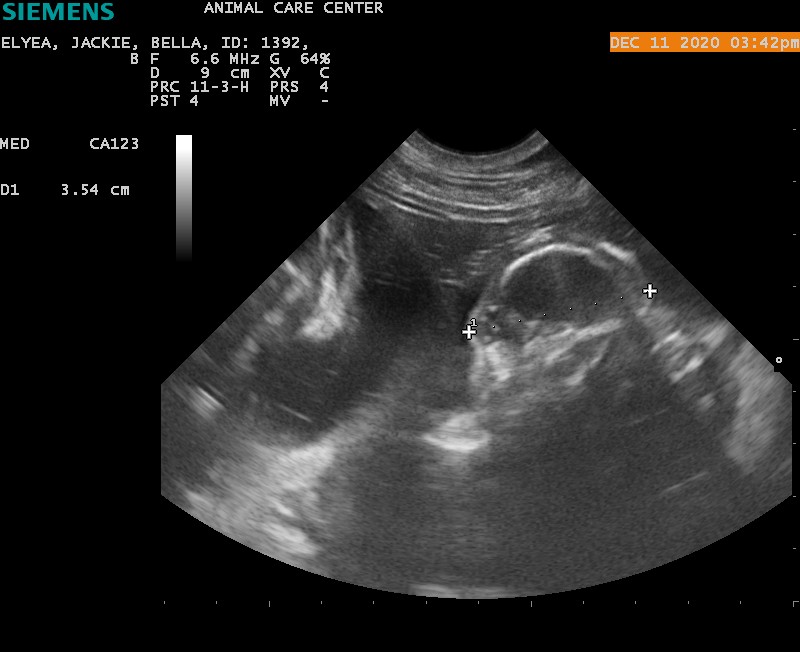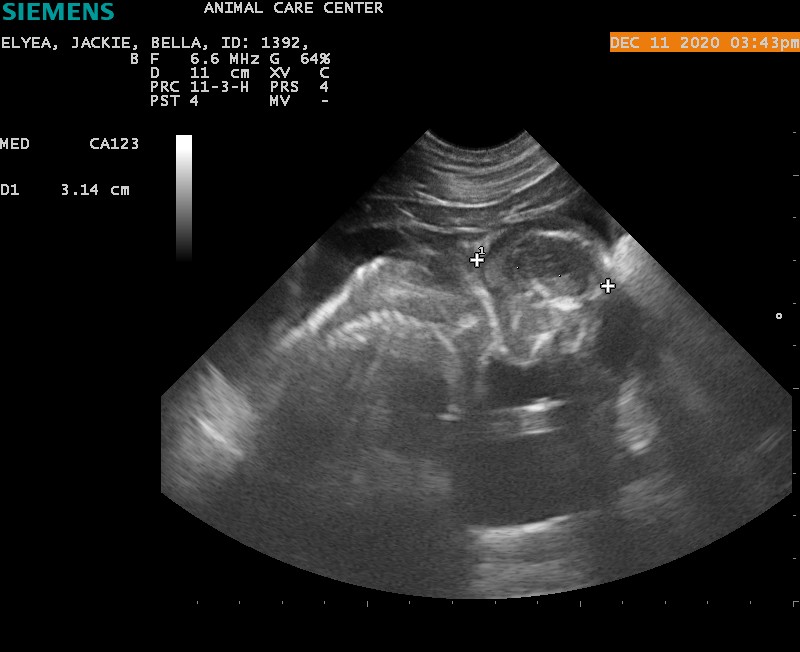This page is to help get you acquainted with the Great Dane breed. We will post information on care and other facts about our favorite gentle giants.
Feeding | Beds | Training | Neutering/Spaying | Puppy X-rays
Feeding
We feed our Danes Purina One Large Breed Puppy food until they transition to Purina One Large Breed Adult dog food at a year old. We recommend you start with this, and if you plan to switch brands, that you do so gradually, so that they can transition with little discomfort.
Great Danes grow extremely fast and it’s important to feed them food meant for giant breeds. Always check the label to make sure Phosphorus and Calcium in their food is a 1:1 ratio and be as close to 1.2% Calcium and 1.2% Phosphorus. Exceeding this number can cause them to grow too fast and develop issues with their bones. If you cannot find puppy food, adult food for Giant breeds is best.
Adding Warm water to their meals and letting the food soak will help with digestion.
It is best practice to have Danes rest 1 hour after eating, and avoid running or too much activity. This will help eliminate the chances of bloat happening. Bloat is when excess gas/air builds up in the stomach, causing pressure and reducing blood flow to the body, causing shock. The stomach can also flip during this build up, which can be fatal if not caught in time.
Signs of Bloat include:
- Enlarged/distended abdomen
- Retching
- Salivation
- Restlessness
- Tender abdomen
You can learn more about Bloat from the AKC here.
Beds
Great Danes require a bigger bed than most dogs. With their weight and size, their joints are affected by laying on thin beds or hard floors. Just imagine kneeling or laying with your elbows on a blanket over hard floors and you’ll soon know why they need more. Not having adequate support can worsen arthritis or pain in their joints. You cannot make them sleep on a bed but be sure to give them that option. Especially as they age they will seek comfort more often than not.
Beds with memory foam and orthopedic foam at least 6 inches think is a good start. A great test is to try the bed yourself! Most Danes will choose a nice comfy chair, couch or bed to sleep on though if you allow it. And when kenneling your dane make sure to have nice thick pads, blankets or beds in there, and just watch that they don’t destroy them.
Training
Training your dane is especially important. You don’t have to get a professional, but if you are not confident in your ability to teach basic manners and commands it may be a wise option to look into.
Your adorable little puppy is going to grow fast, and when he is well over 100lbs he will be a handful to get under control if you haven’t taught him basic skills and manners.
Remember what behavior you think is cute as a puppy might not be so cute when he is 100+lbs and counter height.
Common training areas include:
- Walking nice on a leash
- Recall
- Sit/Stay
- Kennel Training ( being able to stay quiet and calm)
- Taking treats nicely
- Not jumping on people
- Not jumping on counters
- Socialization ( meeting stranger and other dogs )
- Bring them to the vet often for treats and pets, get used to smells and getting weighed ( When he is 100lbs and not wanting to walk into a vets office you’ll be glad you got him used to the place)
Neutering/Spaying
We recommend that you wait to spay/neuter your puppy until they are at least 2 years old. They grow fast but mature slow.
Waiting to spay/neuter your puppy at 2 years old allows their bodies to mature and their growth plates to close.
Ever wonder what an X-ray or ultrasound of puppies look like? Below are some images from our mammas!







